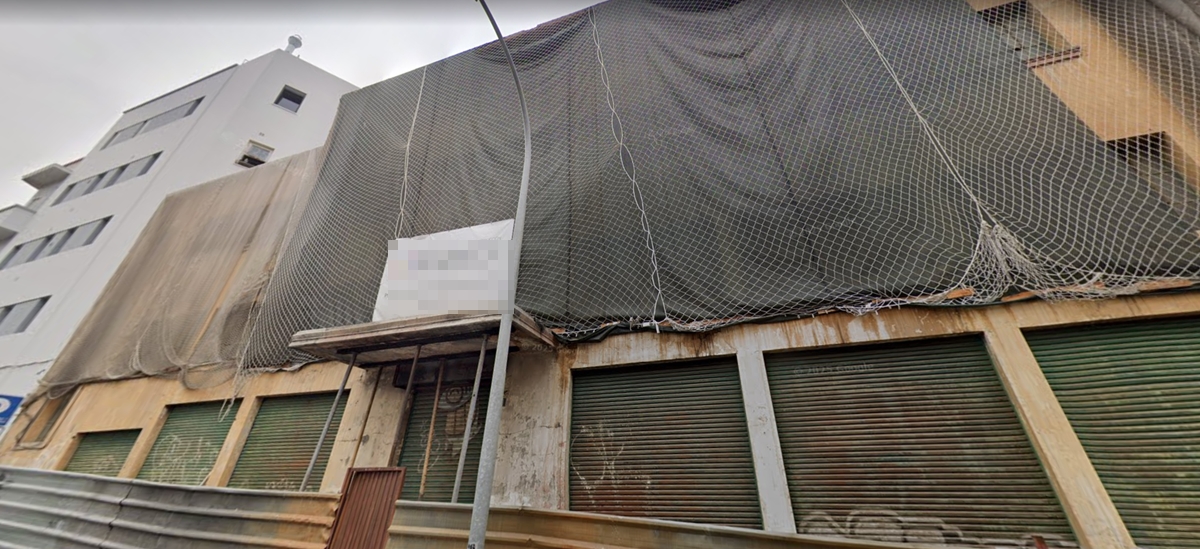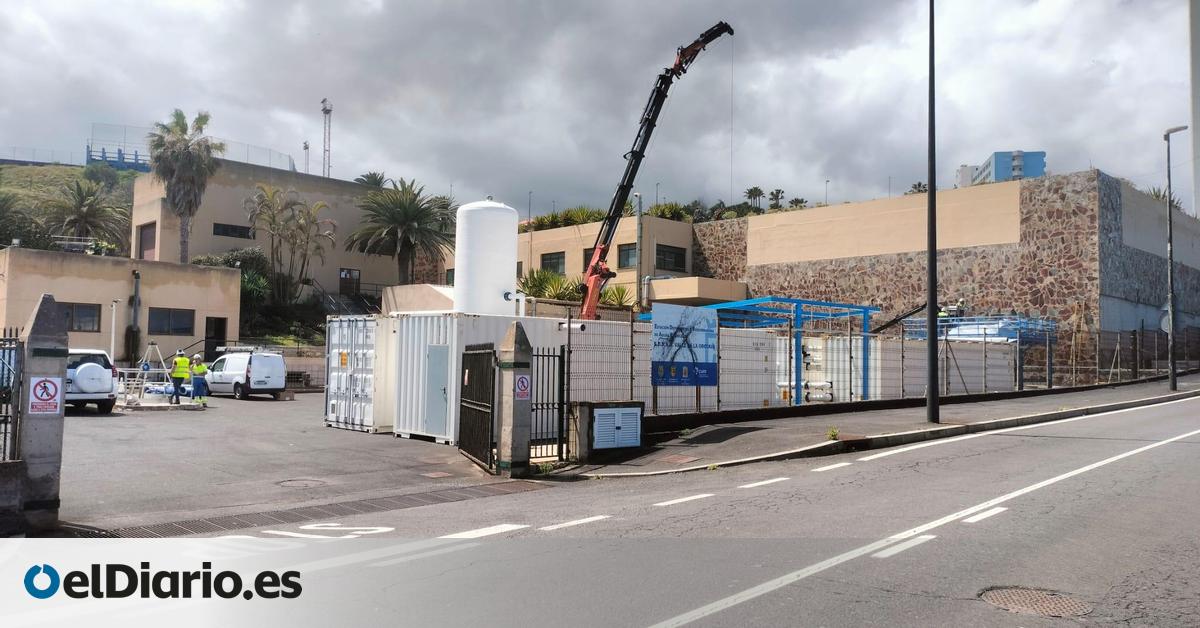By Noe Ramón. The building that once housed the La Belleza tobacco factory in Santa Cruz de Tenerife will soon accommodate eleven luxury residences. According to the General Plan for the capital of Tenerife, the façade and entrance hall will be preserved, as they are the only protected elements of the structure.
Professor Alberto Darias Príncipe, an expert in Art History at the University of La Laguna (ULL), believes the historic building can now be considered “lost” and had always hoped for its complete preservation.
In comments to EFE, Darias stated that maintaining the façade and the first section of the tobacco factory is “the least bad option.” However, he lamented that “we have ended up with a city that resembles the backdrop of a theatre, merely a stage,” and he feels the interior also held significant value for conservation.
Protection of the Tobacco Factory
At the time, experts such as architect Fernando Beautell argued for total preservation of the building, located on Pérez de Rozas Street. They expressed disappointment that the catalogue only considers these two elements for protection, a decision deemed “quite incoherent.”
Dulce Xerach, former Culture Councillor for the Cabildo of Tenerife and a staunch advocate for industrial heritage, noted that, unfortunately, “it is not always possible to save the entirety of these buildings, as was the case with El Tanque at the refinery.”
She sees it positively that at least some elements will remain, serving as a reminder that a historically significant building once stood there, allowing for residential use, similar to how old factories in New York have been converted into lofts and apartments.
Regarding the former factory, she remarked that it was “quite deteriorated,” making the preservation of the façade a positive outcome.
“We cannot expect all historical buildings to become cultural centres, and what is important is that they do not lose their character and essence. Preserving the façade can significantly aid in that regard,” she stated.
She also highlighted that maintaining the first section is important as it reinforces the building’s historic essence and will include the conservation of the roof.
“I am not overly critical of this action as there was practically no other option, and at least in the future, there will be a reference to what it once was,” she added.
She underlined that industrial heritage was not included in the Canary Islands Heritage Law until 2019.
The former factory is listed in the catalogue of the international entity Documentation and Conservation of buildings, sites and neighbourhoods of the Labour Movement (Docomomo), which recognises the most valuable pieces of modern architecture and aims to promote, inventory, and protect these elements.
The corresponding entry notes that it was originally situated in an area earmarked for the city’s expansion. It formed a rationalist ensemble including the owner’s house and the now-obsolete gardens, along with a side façade that has since been lost, “which has greatly diminished its integrity,” it states.
The building featured a central covered space adorned with a skylight, which facilitated the various activities held within.
According to Docomomo, “the symmetry of the main façade, the use of mouldings in the cornices, the clarity of the openings, and the transition between the two original façades make this building one of the most interesting works by Gran Canarian architect Miguel Martín Fernández de la Torre.”
The construction took place between 1929 and 1930, and “both the mastery of volumetrics and the rationalist composition” mark it as a key work in the author’s career, “demonstrating his maturity.”
Subsequently, the building suffered a fire which severely damaged its interior, where various shops were once located, until it was ultimately left in a state of total abandonment.














